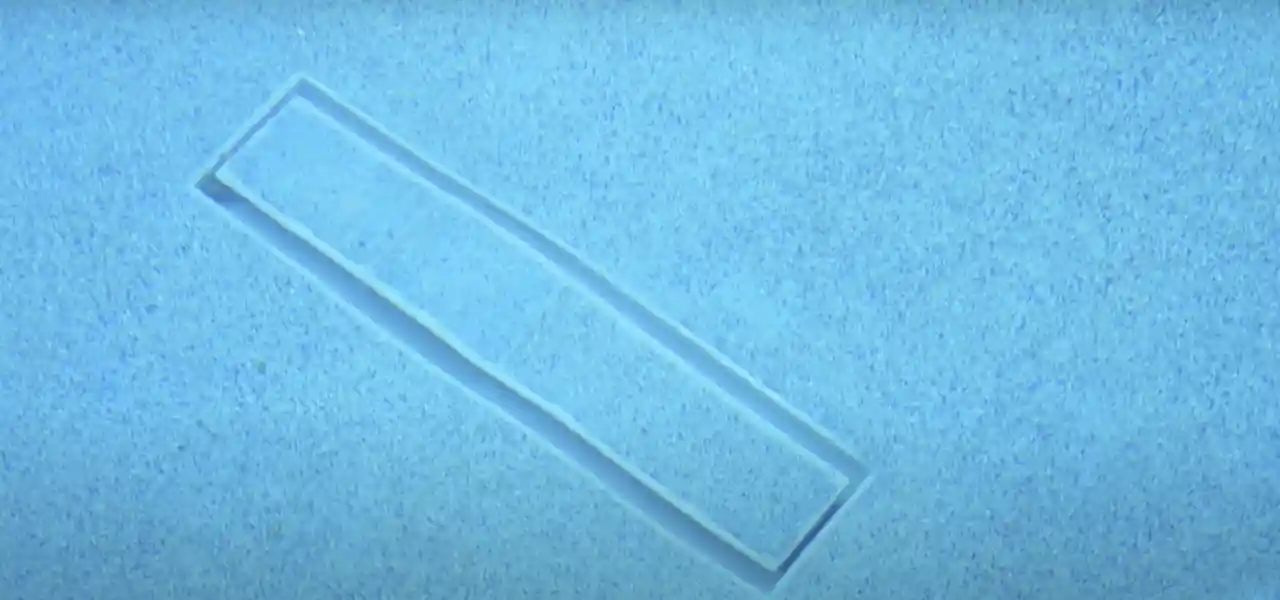FREE Standard Shipping On All Orders $100 or More!*

In-Floor Pool Cleaning Systems 101
Having a swimming pool is undoubtedly a luxury, but maintaining it can be quite a task. One of the most efficient ways to keep your pool clean is by using an in-floor pool cleaning system. These systems are designed to clean your pool automatically, ensuring that you spend less time on maintenance and more time enjoying your pool. In this comprehensive guide, we will explore the functionality of in-floor pool cleaning systems, their pros and cons, common problems that may arise, tips for maximizing their efficiency, comparisons to other pool cleaning methods, and how to choose the right system for your pool.
How Do In-Floor Pool Cleaning Systems Work?

In-floor pool cleaning systems operate on a simple, yet effective principle. They are built into the pool floor and consist of a network of strategically placed nozzles. These nozzles release jets of water that create a flow pattern, which pushes debris towards the main drain. The debris is then collected in a filtration system, keeping your pool water clean and clear. Some advanced in-floor cleaning systems also come with additional features like brushes and scrubbers to ensure a thorough clean.
The cleaning process of an in-floor pool cleaning system is fully automated. The system is typically controlled by a timer or a computerized controller, which allows you to set the cleaning schedule according to your preferences. This means that you can have a clean pool without the hassle of manually vacuuming or skimming the surface.
Pros

There are numerous advantages to using an in-floor pool cleaning system. Firstly, these systems provide comprehensive cleaning by reaching every corner of the pool, including the floor, walls, and waterline. This ensures that no area is left uncleaned, eliminating the need for manual labor.
Secondly, in-floor pool cleaning systems operate silently and discreetly. Unlike traditional pool cleaning methods, such as manual vacuuming or robotic cleaners, in-floor systems work seamlessly without causing any disturbance. This makes them ideal for those who want to enjoy a peaceful and tranquil swimming experience.
Another significant advantage is the energy efficiency of in-floor pool cleaning systems. These systems use less energy compared to other cleaning methods, such as robotic cleaners or pressure-side cleaners. This not only reduces your electricity bills but also minimizes the environmental impact.
Cons

Despite their many benefits, in-floor pool cleaning systems also have a few drawbacks. One of the main concerns is the initial cost of installation. In-floor systems can be more expensive compared to other cleaning methods. However, it is important to consider the long-term cost savings and convenience they provide.
Another potential downside is the complexity of the system. In-floor pool cleaning systems require professional installation and regular maintenance. This means that if any issues arise, you may need to seek assistance from a pool professional. However, with proper maintenance, these systems can last for many years, providing efficient cleaning throughout.
How to Troubleshoot Common In-Floor Pool Cleaning Problems
While in-floor pool cleaning systems are designed to be reliable and efficient, they may occasionally encounter problems. Understanding these common issues and knowing how to troubleshoot them can save you time and money.
Problem 1: Insufficient water flow
One common problem with in-floor pool cleaning systems is insufficient water flow. This can be caused by a clogged filter or malfunctioning pump. To troubleshoot this issue, start by checking the filter for any debris or obstructions. If the filter is clean, ensure the pump is functioning properly. If needed, consult a pool professional to diagnose and repair any pump-related issues.
Problem 2: Nozzles not rotating
If the nozzles in your cleaning system are not rotating, it may be due to a blockage or damaged gear mechanism. Begin troubleshooting by inspecting the nozzles for any debris or obstructions. Clean them thoroughly and ensure that they are properly aligned. If the problem persists, you may need to replace the gear mechanism. Contact a pool professional for assistance.
Problem 3: Inadequate cleaning coverage
Sometimes, an in-floor pool cleaning system may not provide adequate cleaning coverage. This can be caused by misaligned nozzles or a malfunctioning flow valve. To troubleshoot this issue, check the alignment of the nozzles and adjust them if necessary. Additionally, inspect the flow valve for any defects or blockages. If required, replace the flow valve to ensure optimal cleaning coverage.
Remember, if you encounter any problems with your in-floor pool cleaning system that you are unable to troubleshoot, it is best to seek professional help. They have the expertise and experience to diagnose and resolve any issues efficiently.
How to Maximize the Efficiency of Your In-Floor Cleaning System

To ensure your in-floor cleaning system operates at its best, follow these tips for maximum efficiency:
- Regularly inspect and clean the nozzles and filters to prevent blockages and maintain optimal water flow.
- Adjust the cleaning schedule according to the usage of your pool. If your pool experiences heavy use, consider increasing the frequency of cleaning cycles.
- Maintain the water chemistry within the recommended levels. Imbalanced water chemistry can lead to clogged nozzles and reduced cleaning efficiency.
- Remove large debris, such as leaves or branches, from the pool manually before activating the in system. This will prevent clogs and ensure better performance.
- Conduct regular checks on the pump and other components of the system to identify any potential issues early on. Prompt maintenance and repairs can prevent major problems in the future.
By following these tips, you can maximize the efficiency of your in-floor pool cleaning system and enjoy a clean and inviting pool throughout the year.
In-Floor Pool Cleaning Systems vs. Other Cleaning Methods
In-floor pool cleaning systems offer several advantages over traditional pool cleaning methods. Let's compare them to other popular cleaning methods to understand their benefits better.
Manual vacuuming
Manual vacuuming is a common pool cleaning method that involves using a vacuum head attached to a telescopic pole. While it provides targeted cleaning, it requires significant effort and time. In contrast, in-floor systems automate the cleaning process, saving you the hassle of manual labor.
Robotic cleaners
Robotic cleaners are standalone devices that clean the pool independently. They are efficient and easy to use, but they can be expensive and require regular maintenance. In-floor systems, on the other hand, are built into the pool and do not require additional devices or maintenance.
Pressure-side cleaners
Pressure-side cleaners use the water pressure from the pool pump to create a suction effect and collect debris. While they are effective, they can be noisy and may require a booster pump for optimal performance. In-floor systems work silently and do not require any additional pumps, making them a quieter and more streamlined option.
Installing and Maintaining an In-Floor Cleaning System
To ensure the proper functioning and longevity of your in-floor pool cleaning system, it is crucial to follow the correct installation and maintenance procedures.
Installation

In-floor pool cleaning systems require professional installation. The installation process involves:
- Design consultation: A pool professional will assess your pool's layout and create a customized plan for the placement of cleaning nozzles and other components.
- Plumbing and electrical work: The in-floor cleaning system requires plumbing connections and electrical wiring. A qualified technician will handle these aspects to ensure safety and efficiency.
- Nozzle installation: The cleaning nozzles will be strategically placed on the pool floor to maximize cleaning coverage. The number and position of the nozzles will vary based on your pool's size and shape.
- Controller setup: The controller or timer for the in-floor cleaning system will be installed and programmed according to your preferences.
Maintenance
Regular maintenance is essential to keep your in-floor pool cleaning system in optimal condition. Here are some maintenance tasks to perform:
- Clean the nozzles and filters: Remove any debris or obstructions from the nozzles and filters regularly. This will prevent clogs and ensure consistent water flow.
- Check the pump and valves: Inspect the pump and valves for any leaks, damage, or irregularities. Address any issues promptly to prevent further damage to the system.
- Monitor the water chemistry: Regularly test and balance the water chemistry to prevent scaling or corrosion in the system. Follow the manufacturer's guidelines for recommended chemical levels.
- Schedule professional inspections: Arrange annual or bi-annual inspections by a pool professional. They can identify any potential issues and perform necessary repairs or maintenance.
By following these installation and maintenance guidelines, you can prolong the lifespan of your in-floor pool cleaning system and ensure its continued efficiency.
Choosing the Best In-Floor Pool Cleaning System for Your Pool
When it comes to choosing the right in-floor pool cleaning system for your pool, there are several factors to consider. Here are some key points to keep in mind:
- Pool size: The size of your pool will determine the number of cleaning nozzles and the overall system capacity required. Ensure that the system you choose can effectively clean your pool's dimensions.
- Debris type: Consider the type and amount of debris that commonly accumulates in your pool. Some cleaning systems are better suited for larger debris, while others excel at removing smaller particles.
- Maintenance requirements: Different cleaning systems have varying maintenance needs. Research the maintenance requirements of each system, and choose one that aligns with your capabilities and preferences.
- Energy efficiency: Look for a cleaning system that is energy-efficient to reduce your electricity consumption and environmental impact.
- Budget: Set a budget for your in-floor pool cleaning system, and explore options within your price range. While it may be tempting to opt for a cheaper system, keep in mind the long-term cost savings and efficiency of higher-quality systems.
Consult with a pool professional to determine the most suitable in-floor pool cleaning system for your specific needs. They can provide expert advice and help you make an informed decision.
In-floor pool cleaning systems are a valuable investment for pool owners looking to maximize efficiency and minimize maintenance efforts. Their automated cleaning process, comprehensive coverage, and energy efficiency make them a superior choice compared to traditional pool cleaning methods. By understanding how these systems work, troubleshooting common problems, implementing effective maintenance practices, and selecting the right system for your pool, you can enjoy a consistently clean and inviting swimming pool throughout the year.